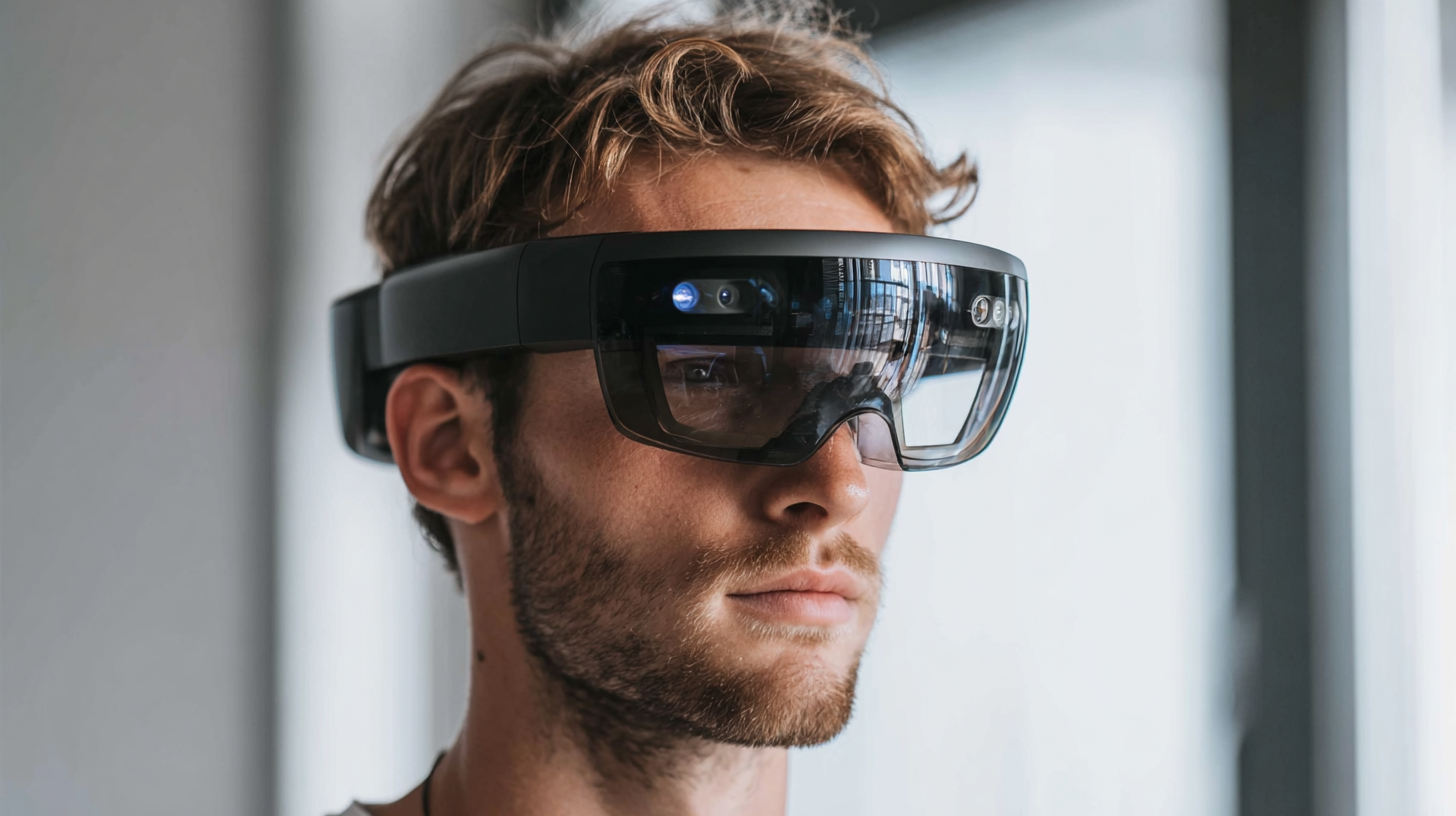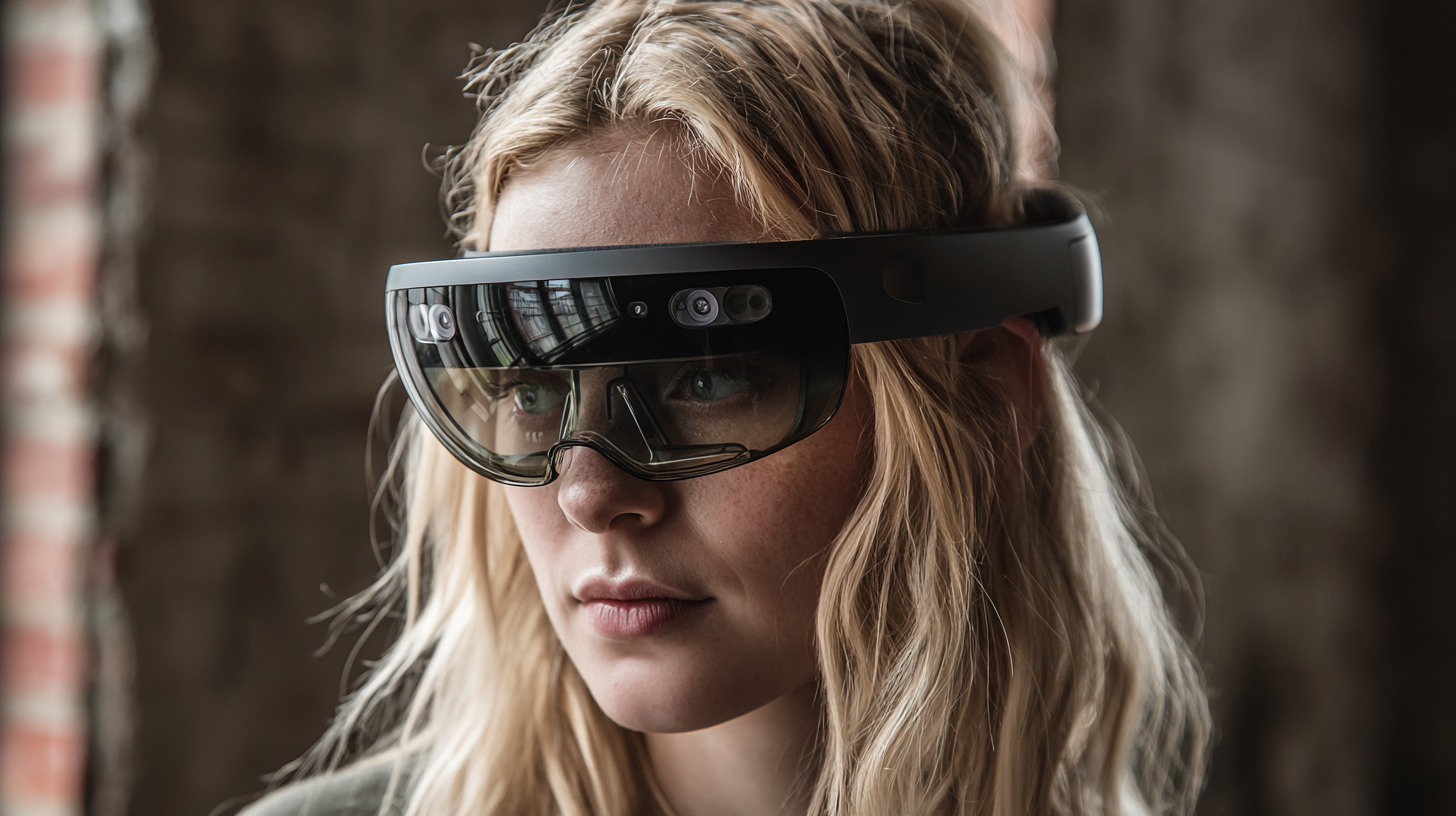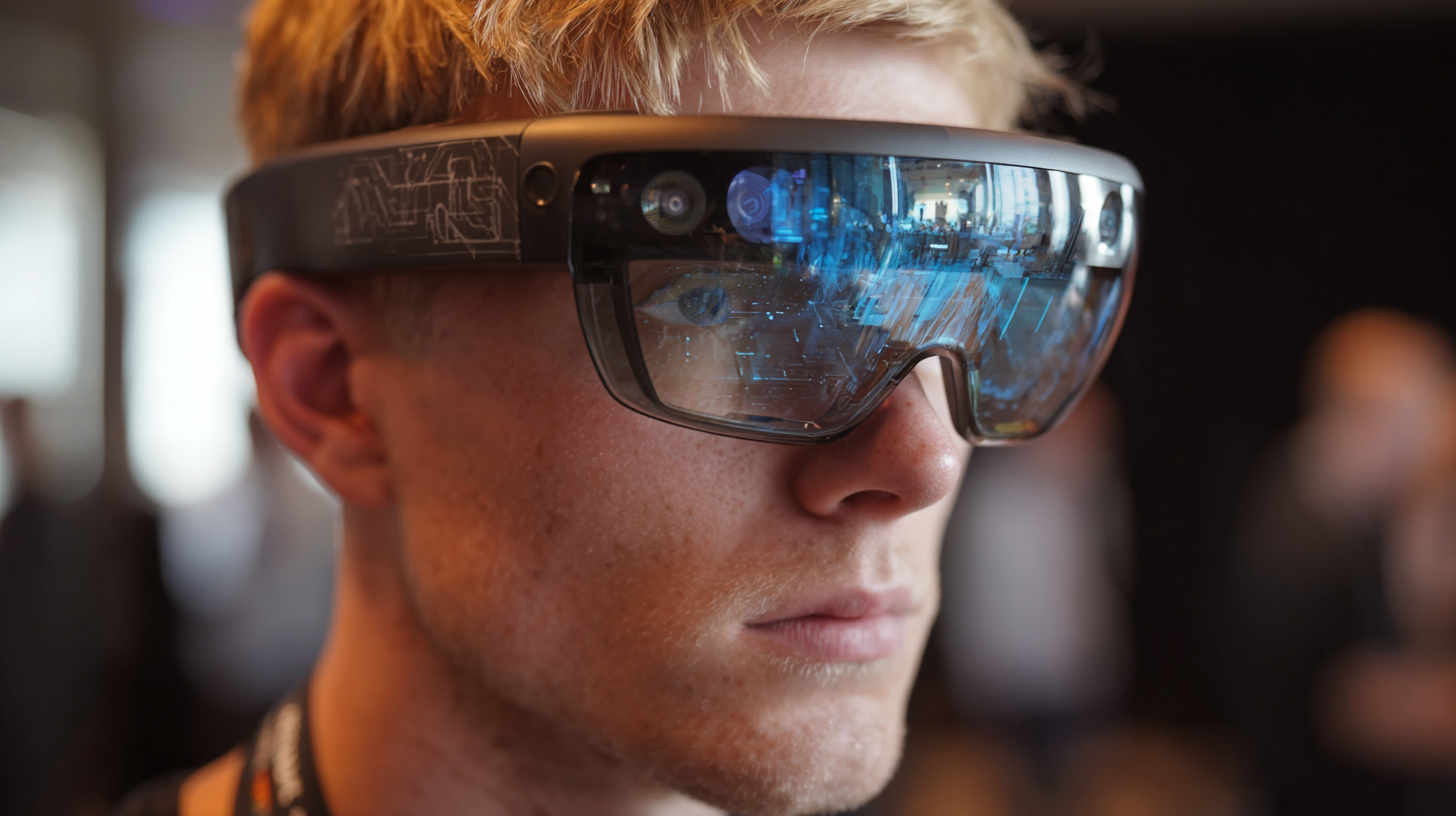 +86-13613020876
+86-13613020876



As we stand on the brink of a technological revolution, Mixed Reality Glasses are poised to redefine immersive experiences across various sectors. According to a report by Grand View Research, the global mixed reality market is expected to reach $1.6 trillion by 2030, fueled by increasing demand for enhanced virtual interactions in gaming, healthcare, and education. This exponential growth highlights the potential of Mixed Reality Glasses to blend digital elements seamlessly with the real world, creating dynamic environments that enhance user engagement and learning.

Moreover, a survey conducted by Statista reveals that 67% of consumers are interested in using augmented and mixed reality technologies for more interactive experiences. As we explore the future of immersive experiences, it is crucial to understand how Mixed Reality Glasses will transform not only entertainment but also shape industries by bridging the gap between reality and the digital realm.
The evolution of mixed reality glasses represents a fascinating intersection between technological advancement and user experience. Over the past decade, we've seen significant milestones in the development of these devices, beginning with bulky prototypes that were limited in functionality. Today’s mixed reality glasses have transformed into sleek, lightweight, and highly interactive devices, equipped with advanced sensors and powerful processors. Innovations like spatial mapping and gesture recognition have made these glasses not just tools for augmented experiences but also intuitive extensions of our reality.
As we look ahead, the integration of artificial intelligence and machine learning will likely enhance the capabilities of mixed reality glasses even further. Future iterations may enable real-time language translation, complex environmental interactions, and personalized content delivery tailored to individual user preferences. This shift toward more immersive and contextually aware experiences will redefine how we interact with both the digital and physical worlds, making mixed reality glasses an integral part of our daily lives. The potential applications are vast, ranging from education and training to entertainment and remote collaboration, promising a future where our digital and physical realities seamlessly intertwine.
As mixed reality (MR) continues to evolve, industries across various sectors are leveraging its capabilities to enhance operational efficiency and user engagement. According to a report by Gartner, 70% of enterprises are expected to implement some form of immersive technology by 2024, reflecting a growing trend in adoption. In the healthcare sector, for instance, MR glasses are transforming medical training and patient treatment. Surgeons can utilize these devices to overlay critical information during operations, significantly reducing errors and improving outcomes. A study by PwC found that medical professionals using MR for training demonstrated a 25% improvement in information retention compared to those relying on traditional methods.

The retail industry is also experiencing the benefits of mixed reality. Retailers are integrating MR glasses to provide customers with augmented shopping experiences. A recent survey by Deloitte revealed that 58% of consumers are more likely to shop at a store that offers interactive experiences, which can drive sales and foster brand loyalty. By allowing customers to visualize products in their own environments before making a purchase, MR technology not only enhances satisfaction but also significantly reduces return rates. As these industries harness the potential of mixed reality, the possibilities for innovation and engagement continue to expand.
The integration of mixed reality glasses is propelling the future of immersive experiences, particularly in the realms of entertainment and gaming. Imagine stepping into a digital world where the boundaries between the virtual and real blur seamlessly. This technology offers gamers an unprecedented level of engagement, enabling them to not only see but also interact with virtual characters and environments as if they were physically present. The sensation of dodging virtual obstacles or having a character emerge from your living room creates a unique thrill, transforming traditional gaming into an active, participatory adventure.
Similarly, virtual tours powered by mixed reality glasses are revolutionizing how we experience travel and exploration. Users can don these glasses to embark on journeys to iconic landmarks or hidden gems, guided by a wealth of interactive information and stunning visuals. This immersive experience transcends mere observation, as participants can interact with their environment through features like augmented overlays or 360-degree views. Whether it's walking through ancient ruins or exploring the depths of the ocean, mixed reality creates an unforgettable journey that makes the wonders of the world accessible to anyone, anywhere.
The integration of mixed reality (MR) glasses in educational settings is poised to revolutionize how we approach learning. With the global augmented reality market projected to grow from $140.34 billion in 2025 to an astounding $171.637 billion by 2032, reflecting a staggering compound annual growth rate of 43.0%, educational institutions must adapt to this new paradigm. Mixed reality tools provide immersive, interactive experiences that engage students like never before, facilitating deeper understanding of complex subjects.

As we advance into the AI era, educational methodologies will change significantly. Institutions, like the partnership between a university and a technology firm to create intelligent classrooms, exemplify how digital tools can significantly enhance learning outcomes. For instance, during the World Digital Education Conference 2024, a course on agricultural microbiology showcased the transformative power of digital education, serving as a model for what the future holds for classrooms globally.
Tips: To effectively implement mixed reality in education, start with pilot programs that focus on high-impact subjects. Additionally, ensure that educators receive comprehensive training to maximize the technology's potential. Finally, continuously gather feedback from students to refine and enhance the learning experience.
As technology evolves, the way we interact with one another is undergoing a profound transformation. Mixed reality glasses are paving the way for a new era of social interaction, allowing people to connect in immersive environments that transcend the limitations of physical presence. Imagine attending a virtual event with friends, where holographic representations of one another create an experience akin to being together in the same room. This fusion of the digital and physical worlds not only enhances communication but fosters deeper connections among individuals, enriching our social lives.
Moreover, these immersive experiences democratize interaction, breaking down geographical barriers that once hindered relationships. With mixed reality technology, users can share experiences, collaborate on projects, or engage in social activities regardless of their location. This capability opens doors to global friendships and cultural exchanges, enabling people to bond over shared interests in real-time, no matter where they are. As society adapts to these advancements, we will witness a shift in how communities form, leading to a more interconnected world that thrives on shared immersive experiences.
| Feature | Importance Level | Potential Impact on Social Interaction | Projected Adoption Rate (2025) |
|---|---|---|---|
| Enhanced User Interface | High | Increased user engagement and comfort | 70% |
| Social Connectivity Features | Very High | Facilitates remote gatherings and interactions | 85% |
| Real-Time Collaboration Tools | High | Enhances teamwork and joint projects | 75% |
| Augmented Reality Integration | Medium | Adds context to interactions and experiences | 60% |
| Multi-User Environments | Very High | Promotes shared experiences and bonding | 80% |






